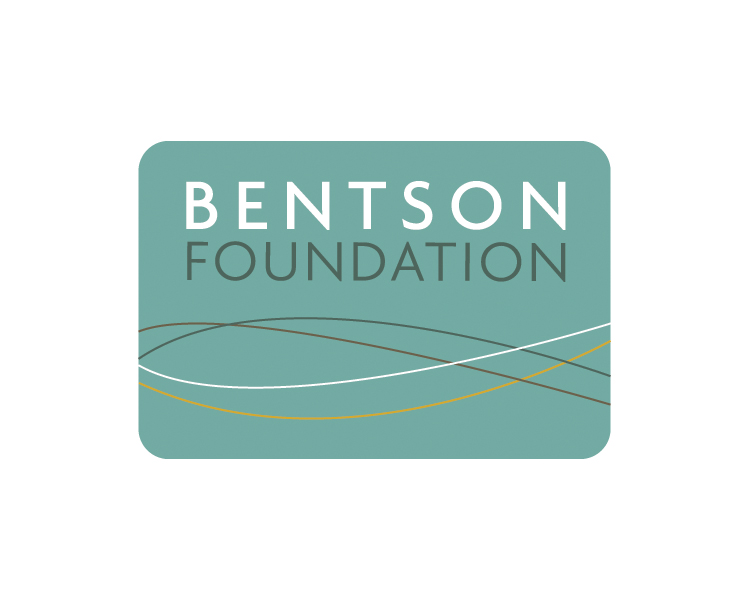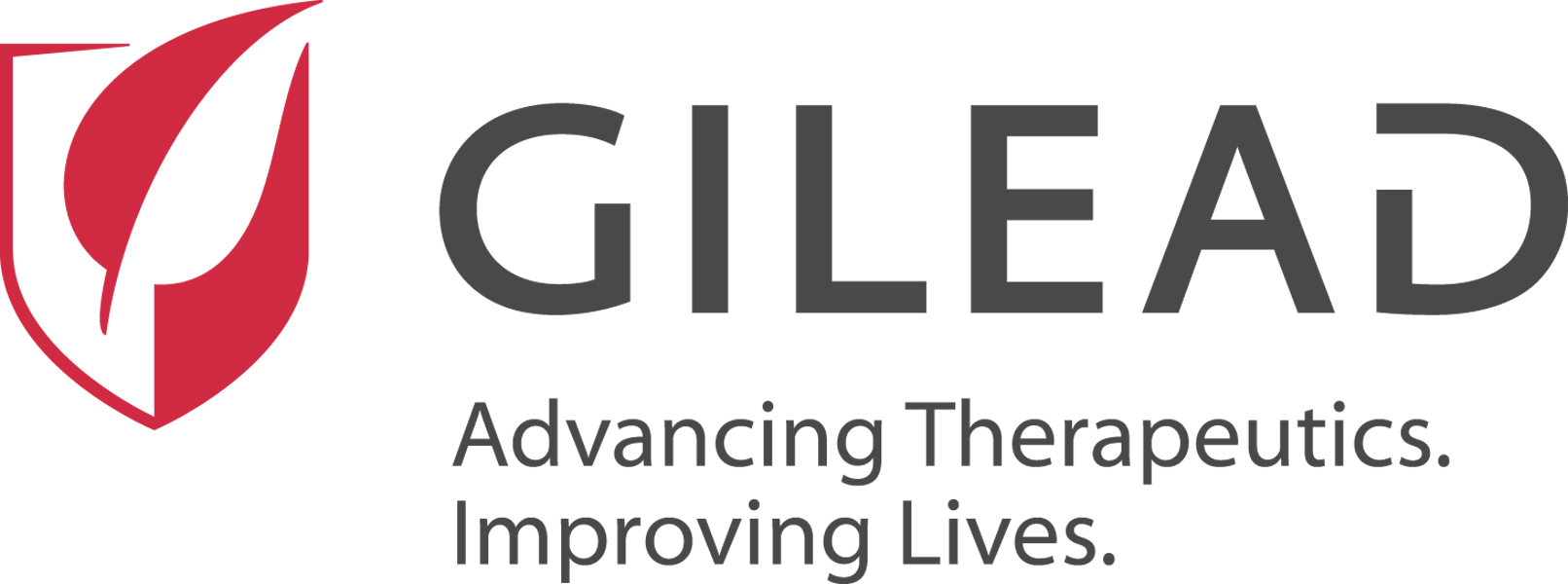New colistin resistance gene identified in Chinese poultry
Chinese scientists have discovered another colistin resistance gene in bacteria isolated from chickens, according to a study yesterday in the Journal of Antimicrobial Chemotherapy.
The plasmid-mediated gene was detected among 183 Klebsiella pneumoniae isolates collected from 2010 to 2015 from chickens in 13 Chinese provinces. Of the 10 colistin-resistant isolates detected, polymerase chain reaction (PCR) screening identified the MCR-1 gene in seven; the other three were negative for known colistin resistance genes. Whole-genome sequencing of one of the isolates identified a novel colistin resistance gene, dubbed MCR-7.1, in an Inc12-type plasmid that also harbored the blaCTX-M-55 beta-lactam resistance gene. Subsequent PCR screening showed that the other two K pneumoniae isolates also carried the MCR-7.1 gene. Conjugation experiments showed that the plasmid can successfully be transferred from K pneumoniae to E coli.
The researchers report that the amino acid sequence of MCR-7.1 shares a 70% similarity with MCR-3, and that the gene may have originated from Aeromonas species. They recommend screening bacteria in animals, humans, and the environment to understand dissemination of the gene throughout the world.
Before this discovery, various research groups had described MCR-1 though MCR-6 genes.
Apr 17 J Antimicrob Chemother abstract
Chinese study finds low MCR-1 prevalence in clinical isolates
In another study yesterday in the Journal of Antimicrobial Chemotherapy, a separate group of Chinese researchers report that the prevalence of MCR-1 among clinical isolates of E coli and K pneumoniae is low, but that MCR-1–positive E coli strains were highly resistant to other antibiotics.
The researchers from Peking University First Hospital and China Agricultural University analyzed 6,424 clinical E coli and K pneumoniae isolates collected from patients in Chinese hospitals from 2007 through 2016. Overall, 34 E coli isolates and 5 K pneumoniae isolates were positive for MCR-1. Multilocus sequence typing revealed high clonal diversity, identifying three different sequence types (STs) among the K pneumoniae isolates, and 28 distinct STs among the E coli isolates.
All the MCR-1–positive isolates were resistant to colistin, and MCR-1–positive E coli also displayed high levels of resistance to tetracycline, ciprofloxacin, and some cephalosporins. In addition, the researchers noted extremely significant difference in the rates of resistance to piperacillin, amikacin, nitrofurantoin, and fosfomycin between MCR-1–negative E coli and MCR-1–positive E coli. This finding, they suggest, indicates that infections caused by MCR-1–postive E coli strains should be treated differently than those caused by MCR-1–negative E coli.
All but six of the MCR-1–positive isolates (84.6%) were also extended-spectrum beta-lactamase producers, and 36 of the 39 (92.3%) were multidrug-resistant.
Apr 17 J Antimicrob Chemother abstract
High level of Shiga toxin-producing E coli found in Iranian dairy products
Iranian researchers report a high prevalence of Shiga toxin–producing Escherichia coli (STEC) with high levels of antibiotic resistance in raw milk and traditional dairy products.
In the study, published in Antimicrobial Resistance and Infection Control, the researchers collected 600 raw milk and traditional dairy product samples from producers in Isfahan province from March 2015 to March 2016, then cultured all the samples and isolated E coli strains. PCR was used to identify virulence factors, O-serogroups, and antibiotic resistance genes, and antibiotic resistance patterns were determined by disk diffusion.
Of the 600 samples tested, 181 (30.16%) were positive for E coli strains, with cheese (80%) and raw buffalo milk (50%) having the highest prevalence. Sixty-four of the E coli isolates were determined to be STEC strains, with O157 (43.75%) and O26 (37.5%) the most frequently identified serogroups.
Stx, eae, and ehly were the most commonly identified virulence factors in the STEC strains, and Aac(3)-IV, CITM, and tetA were the most commonly detected resistance genes. STEC strains harbored the highest prevalence of resistance against ampicillin (100%), gentamicin (100%), and tetracyclines (96.87%), and all of the STEC strains were resistant to at least one antibiotic. In addition, 43.75% were resistant to seven or more antibiotics.
The authors suggest that Iranian ranchers' use of their hands and traditional milking equipment could partially explain the high prevalence of E coli and STEC strains, as could keeping raw milk samples at temperatures that allow bacteria to proliferate and survive and using unpasteurized milk for production of dairy products. They also cite illegal and inaccurate use of antibiotics in veterinary medicine as the main reason for the high prevalence of antibiotic resistance in the STEC strains.
Apr 16 Antimicrob Resist Infect Control study










